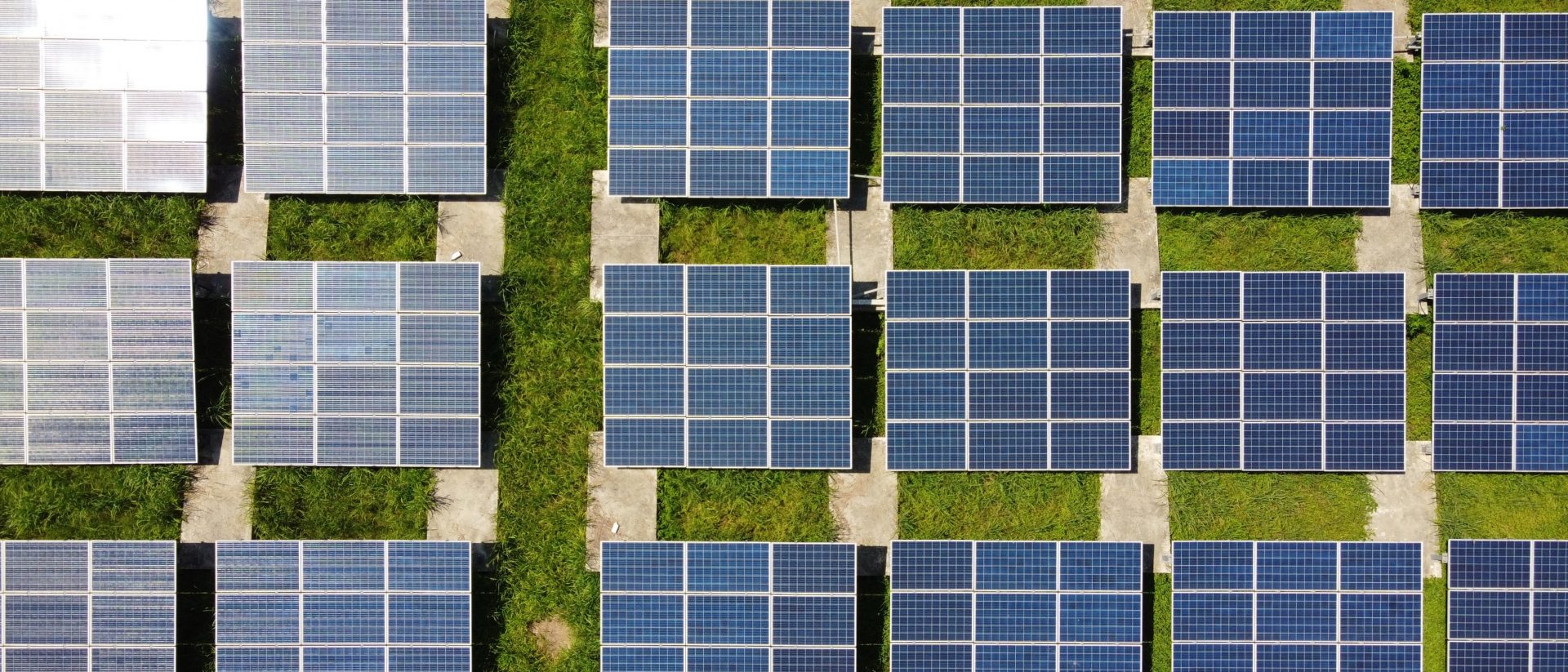Recycling solar panels – Completing the sustainability cycle of photovoltaic power generation
An REA Guest Blog by Dr Dongyoung Kim, Technical Assistant at Reddie & Grose – a firm of UK and European Patent, Trade Mark and Design attorneys
The recent “solar boom” has been driven by technical advances in photovoltaic (PV) technology which have allowed for not only the optimisation in gathering and producing energy, but also a reduction of its associated costs.
According to IRENA’s recent report, by 2020 the global weighted-average total installed cost and the levelised cost of electricity from utility-scale solar PV had fallen to figures comparable to that of coal-fired power generation, the cheapest fossil-fuel competitor. Given the projected cost savings over fossil fuels alongside international response to climate change, the rapid growth of global solar PV capacity is expected to continue.
“Dying” solar panels
But the increasing number of solar panel installations inevitably leads to a problem: What happens to solar panels when they reach the end-of-life (EOL)?
So far, EOL disposal of solar panels has not caused too much concerns as solar panels only started being widely deployed in the early 2000s and the industry standard lifespan is about 25 to 30 years. However, given that most of the solar panels in the world were installed in the past decade (2011-2020) we are likely to see a sudden increase in the number of dead solar panels starting from the mid-2030s.
EOL management of solar panels
You may think that it’s too early to worry about EOL management of solar panels, but we should start taking this issue seriously now.
The good news is that many governments have already started introducing frameworks for recycling, reusing and, if neither is possible, disposing of dead solar panels. For example, in the UK and many European countries, collection, recycling and recovery targets for all solar panels are set according to the Waste Electrical and Electronic Equipment Directive (WEEE Directive).
It is questionable, however, whether the capacity of the existing electronic waste recycling facilities will cope with the increasing volume. Moreover, conventional recycling processes may not deliver the best material recovery rate for solar panel waste.
Material recovery
Obviously, we need to plan for the recycling of EOL solar panels to minimise the environmental impact. We can also extract the materials of their many components, including PV cells, electrical connections and support frame, for further use.
Current material recovery processes typically involve shredding EOL solar panels into small pieces and mechanically separating major components and materials of the panels. This achieves high overall material recovery rates, in line with the existing regulations, such as the EU WEEE Directive.
However, processes involving shredding typically accompany loss of high value materials, such as silver, which are dispersed as dust during shredding. Without significant improvements of recycling process, the volume of unrecovered high-value materials would only increase along with the growing volume of solar panel waste.
Environmental impact
Completing the sustainability cycle of solar PV power generation means finding better ways to recycle EOL panels. According to a study, recycling 1,000 kg of silicon PV waste produces greenhouse gas emissions of 4.46×102 kg CO2eq, most of which comes from transport, incinerating plastic materials from the panels and metal recovery.
This is equivalent to burning ~193 litres of petrol. Such EOL phase emission is not considered when assessing the environmental impact of solar power generation. As the volume of waste grows, the impact of such emission would become significant.
Future technologies
Advances in solar energy have made the cost per kilowatt-hour of power generation comparable to the cheapest available fossil fuel alternative. The increased profitability of solar power means that government subsidy is no longer a requirement for large-scale solar projects, with opportunities for subsidy-free solar projects expected, leading to cost reductions through economies of scale.
But more work is still needed to make solar power generation more socio-economically and environmentally sustainable. Innovations could solve problems related to EOL solar panels. Developing PV panel recycling processes could increase treatment capacities, improve the quality of extracted materials, and increase material recovery rate.
Solar panels could be redesigned to simplify separation of parts or materials without using a shredder or thermal treatment. PV cell material research, which currently mainly focuses on improving cell efficiency, could be refocused to making cell materials more easily reusable or recyclable. Monitoring the methods of transporting and sorting waste may help us identify which aspects of the EOL phase needs urgent improvement.
The appetite for innovations in the non-cell parts of PV systems will be good news for emerging businesses venturing into solar power. Perhaps the rapid increase in the number of PV related patent filings in recent years is not only a reflection of technological advances of PV cells, but also a sign of a wider range of innovations to come.

